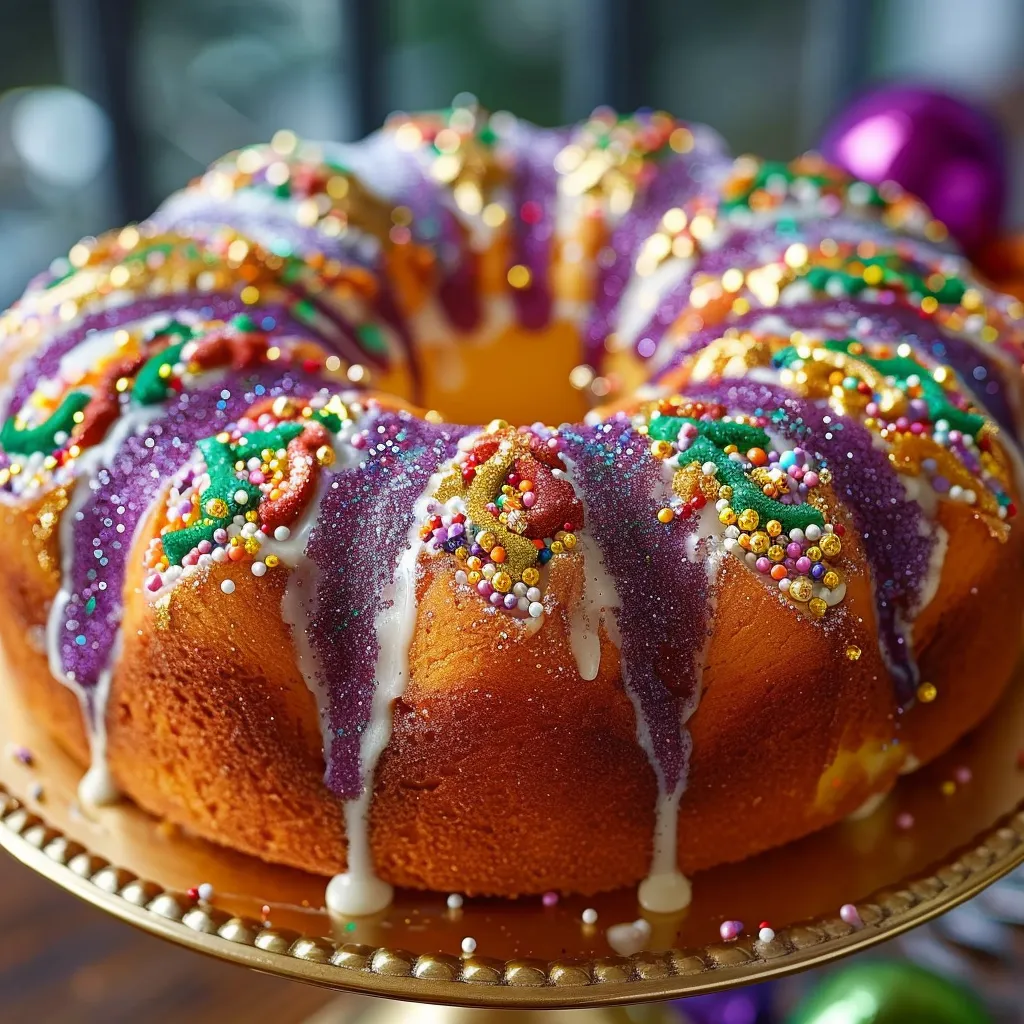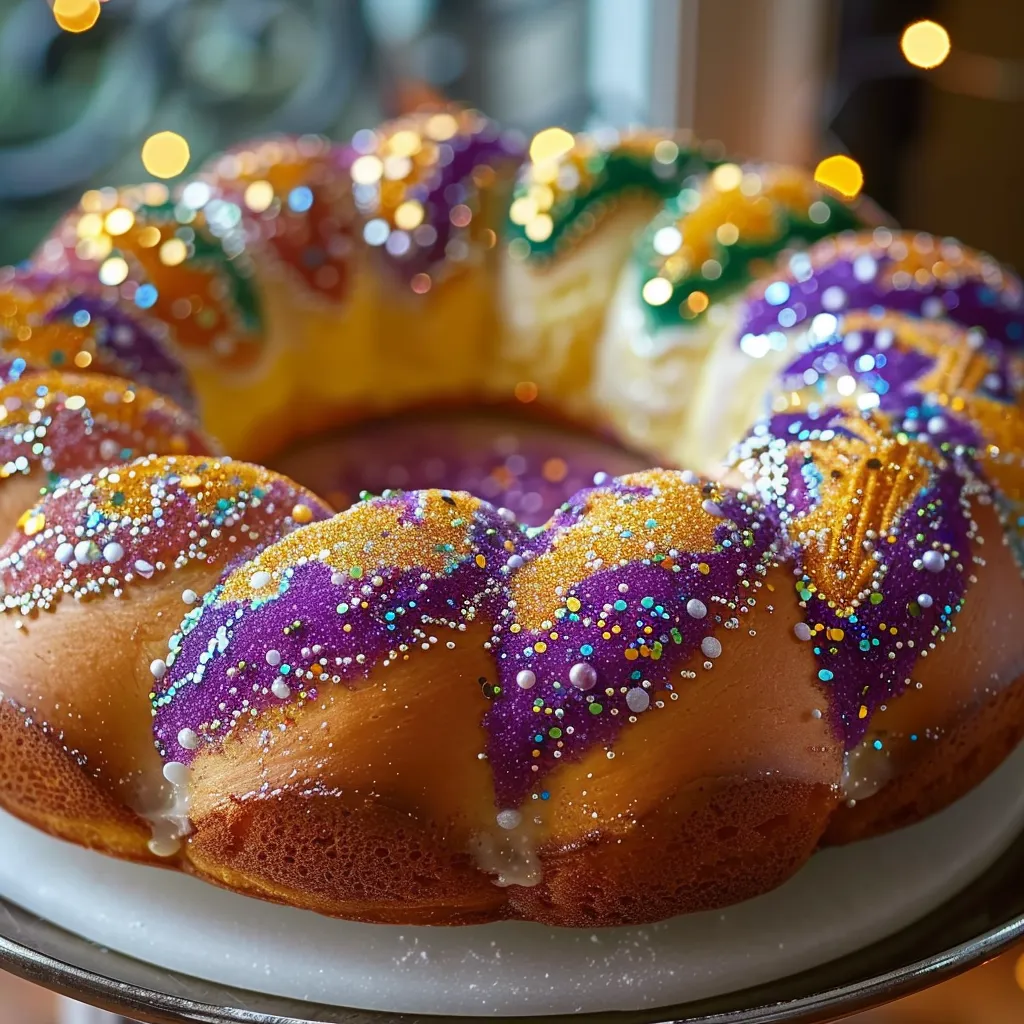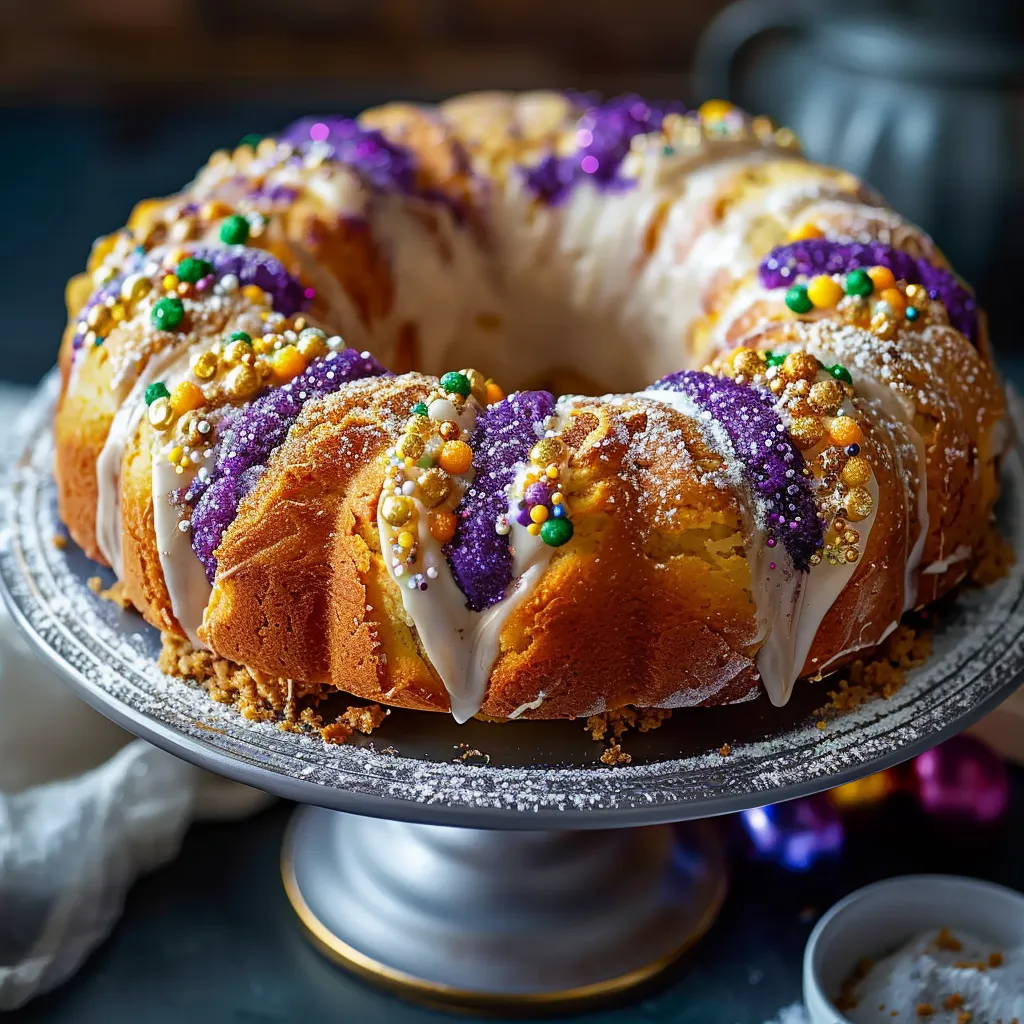 Pin to Favorites
Pin to Favorites
These vibrant green St. Patrick's Day Cookies transform a simple boxed cake mix into festive treats that bring instant holiday cheer to any celebration. The brilliant emerald color creates an eye-catching display, while the distinctive crinkle texture delivers that perfect contrast between the powdered sugar coating and the soft, cake-like interior. What makes these cookies truly special is how they combine visual appeal with minimal effort—proving that holiday baking doesn't need to be complicated to be memorable.
Last March, I brought these to my son's classroom celebration, and they disappeared within minutes. Even the teacher, who claimed she was "just having a small taste," came back for seconds. The secret lies in the contrast between the sweet powdered sugar exterior and the moist, tender interior—a combination that's irresistible to cookie lovers of all ages.
Essential Ingredients and Selection Tips
- White Cake Mix: Choose a high-quality brand like Betty Crocker or Duncan Hines for the best texture.
- Eggs: Use large eggs at room temperature for even mixing.
- Oil: Vegetable or canola oil creates a moister cookie that stays soft for days.
- Green Food Coloring: Gel food coloring produces the most vibrant green without adding excess liquid.
- Granulated Sugar: The first rolling layer helps the powdered sugar adhere and adds a slight crunch.
- Powdered Sugar: Fresh, lump-free powdered sugar creates the most attractive coating.
 Pin to Favorites
Pin to Favorites
Detailed Cooking Instructions
- Mix with Precision:
- In a large mixing bowl, combine one 15.25-ounce box of white cake mix, 2 large eggs, and ⅓ cup vegetable oil. Beat with an electric mixer on medium speed until well combined, about 1-2 minutes.
- Create the Perfect Shade:
- Add green food coloring until you achieve a vibrant, slightly darker-than-desired shade.
- Chill for Best Results:
- Cover and refrigerate the dough for at least 30 minutes (or up to 2 hours for best handling).
- Prepare for Baking:
- Preheat oven to 350°F and line baking sheets with parchment paper. Place ½ cup granulated sugar and ½ cup powdered sugar in separate bowls.
- Shape with Consistency:
- Use a 1½-tablespoon cookie scoop to portion dough into uniform balls.
- Master the Double-Roll Technique:
- Roll each ball first in granulated sugar, then in powdered sugar for the best crinkle effect.
- Bake with Attention:
- Bake for 9-11 minutes until cookies have cracked but are still slightly soft in the center.
- Cool Strategically:
- Let cookies cool on the baking sheet for 3-5 minutes before transferring to wire racks.
- Store for Freshness:
- Once cooled, store in an airtight container at room temperature for up to 5 days.
The Classroom Party Success Story
These cookies became my go-to for school functions after witnessing their transformative effect on a third-grade classroom party. Unlike store-bought options, these vibrant green treats created genuine excitement. Children were drawn to their bright color and fun appearance, while parents appreciated their homemade charm.
The Last-Minute Holiday Solution Discovery
One St. Patrick's Day eve, I needed a quick festive treat. These cookies, with their simple ingredients and fast prep time, were the perfect solution. The guests were delighted, assuming they were a planned tradition rather than a last-minute fix.
The Flavor Experimentation Journey
Adding mint extract turns these into chocolate-mint rivals, while a teaspoon of Irish cream flavoring pairs beautifully with coffee. Lime zest and juice create a citrusy variation perfect for warm-weather celebrations.
The Multi-Generation Baking Connection
These cookies bridged generations when my grandmother and niece made them together. The simple steps made baking enjoyable for both, reinforcing that accessible recipes can create lasting memories across age groups.
The Year-Round Color Adaptation
Red for Valentine's Day, orange for Halloween, blue for the Fourth of July—this cookie recipe adapts beautifully to different holidays, making it a staple in my baking rotation year-round.
Creating these St. Patrick's Day Cookies connects holiday celebration with the simple joy of sharing homemade treats. The fact that they're so easy to make yet look so special reminds us that meaningful food traditions don't require advanced culinary skills—sometimes the simplest recipes create the most lasting impressions.
 Pin to Favorites
Pin to Favorites
Frequently Asked Questions
- → What is the significance of the baby in a Mardi Gras King Cake?
- The plastic baby hidden in the king cake represents baby Jesus. Traditionally, whoever finds the baby in their slice is considered the 'king' or 'queen' for the day and is responsible for bringing the king cake to the next gathering or hosting the next Mardi Gras party.
- → When should Mardi Gras King Cake be served?
- King Cake is traditionally served throughout the Carnival season, which begins on January 6th (Epiphany or Twelfth Night) and ends on Fat Tuesday (the day before Ash Wednesday and the start of Lent).
- → Can I add different fillings to this King Cake?
- Absolutely! While cinnamon is traditional, you can add cream cheese, fruit preserves (like strawberry or apple), praline, or chocolate fillings. Simply spread your chosen filling over the dough before adding the cinnamon-sugar mixture.
- → What if I don't have colored sugar or sprinkles for decorating?
- You can make your own colored sugar by mixing granulated sugar with food coloring. Alternatively, divide the icing into three portions and color them purple, green, and gold (yellow), then drizzle each color over sections of the cake.
- → How do I store leftover King Cake?
- Store the king cake in an airtight container at room temperature for up to 2 days, or in the refrigerator for up to 5 days. You can also freeze slices for up to 3 months. Warm slightly before serving.
